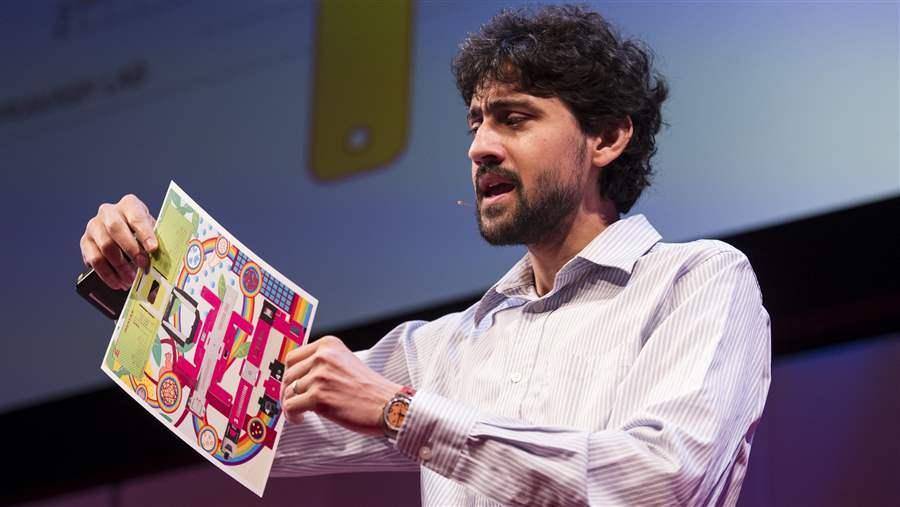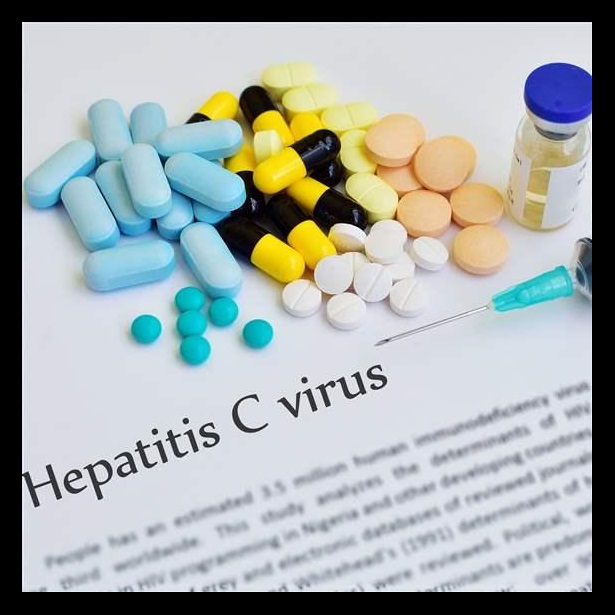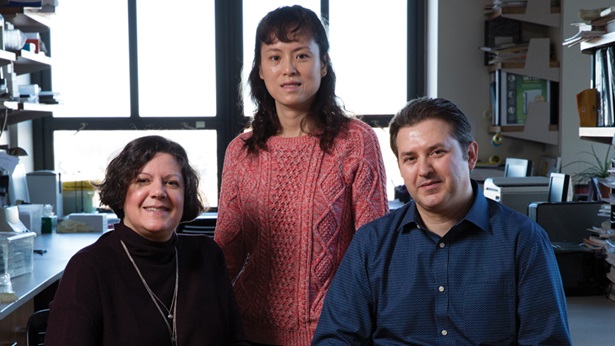Pew Biomedical Scholar Wins MacArthur Fellowship
Manu Prakash recognized for his innovative devices that engage the public in scientific exploration

2013 Pew biomedical scholar Manu Prakash presents Foldscope, an origami-inspired microscope developed by his lab, at TEDGlobal 2012.
© James Duncan Davidson
The John D. and Catherine T. MacArthur Foundation announced its 2016 fellows on Sept. 22, and among the prestigious prize’s 23 recipients was Manu Prakash, a 2013 Pew scholar and assistant professor of bioengineering at Stanford University. The MacArthur Fellowship provides unrestricted five-year grants to exceptionally creative individuals in diverse fields and, similar to Pew’s biomedical research programs, encourages exploration of new or neglected questions and collaboration across disciplines.
At 36 years old, Prakash has already made significant contributions to his field. His laboratory developed the Foldscope, a lightweight yet durable paper microscope that can be assembled for less than a dollar; OScan, a smartphone app to detect oral cancer; and a chemistry set created from parts of a music box. Through such innovations, Prakash aims to make science more accessible and affordable for nonscientists and those living in remote areas.
“It’s really about letting people ask their own questions, both in a whimsical way … but also in a very serious manner that affects their own lives,” Prakash said in a video posted with the announcement of his MacArthur award.
As a Pew scholar, he is developing tools to monitor parasites carried by insects to try to understand—and eventually prevent—the more than a million human deaths caused by diseases like malaria each year. These monitoring tools will be coupled with cellphone applications that citizen scientists can use to map and track the spread of disease.
Prakash, who grew up in India, was inspired to manipulate materials at hand as a way to make the most of scarce resources. He comes from a diverse scientific background, having been a computer scientist during his bachelor’s training at the Indian Institute of Technology; a physicist during his doctoral studies at the Massachusetts Institute of Technology; and an ecologist during his postdoctoral fellowship in organismic biology at Harvard University.
Prakash’s work has been featured in major media outlets including The New York Times, Scientific American, The New Yorker, and Popular Science. In 2014, he was named one of MIT Technology Review’s “35 Innovators Under 35.”
This year’s class of MacArthur fellows includes other promising young biomedical scientists, such as Dianne Newman, a microbiologist at the California Institute of Technology; and Rebecca Richards-Kortum, a bioengineer at Rice University.
Kara Coleman directs The Pew Charitable Trusts’ biomedical research programs.


America’s Overdose Crisis
Sign up for our five-email course explaining the overdose crisis in America, the state of treatment access, and ways to improve care
Sign up

Pew Scholar Charles Rice Wins Lasker-DeBakey Award for Hepatitis C Breakthrough
Innovative lab process enabled development of effective new drug therapy










